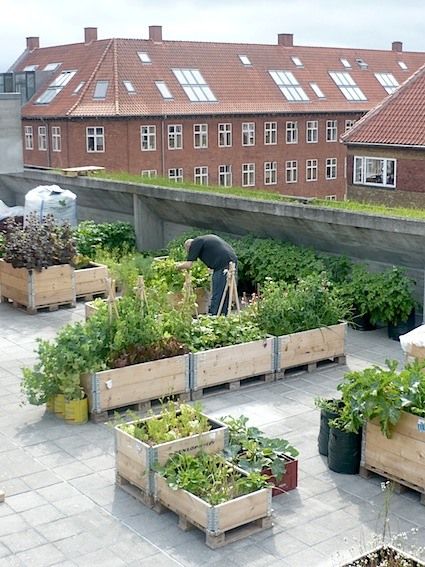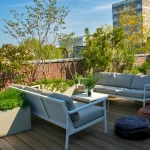A roof garden is a type of garden that is created on the top of a building or structure. This type of garden is becoming increasingly popular in urban areas where green space is limited. It provides a unique and beautiful space for people to relax, socialize, and enjoy nature in the midst of a cityscape.
One of the key benefits of a roof garden is its ability to help reduce the urban heat island effect. The plants on the roof absorb the heat from the sun and provide shade, which helps to cool the building and the surrounding area. This can help to lower energy costs for the building and improve air quality in the city.
In addition to the environmental benefits, roof gardens also provide health benefits for the people who use them. Spending time in nature has been shown to reduce stress, improve mood, and increase overall well-being. Having a green space on the roof of a building can provide a much-needed escape from the hustle and bustle of city life.
Roof gardens can also be used to grow food, herbs, and flowers. This can provide a source of fresh, organic produce for building residents or employees. It can also help to foster a sense of community as people come together to tend to the garden and share in the harvest.
There are many different ways to design a roof garden, depending on the size of the space, the climate, and the desired aesthetic. Some roof gardens feature raised beds or containers for growing plants, while others incorporate trees, shrubs, and even water features. The design of a roof garden should take into account factors such as weight restrictions, drainage, and maintenance needs.
Overall, roof gardens are a creative and sustainable way to make use of space in urban environments. They provide a multitude of benefits for both the environment and the people who use them. As more and more buildings incorporate roof gardens into their design, cities are becoming greener and more liveable places for all who inhabit them.















